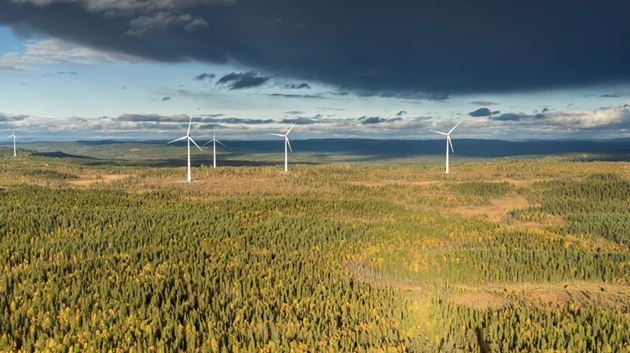
Wind power has emerged as one of the most promising sources of renewable energy, offering a clean and sustainable alternative to fossil fuels. As countries around the world strive to reduce their carbon emissions and transition to a low-carbon economy, the adoption of wind energy has gained significant momentum. However, one of the major challenges associated with wind power is its intermittency – the fact that wind is not a constant and reliable source of energy. This is where energy storage comes into play, playing a crucial role in ensuring the stability and reliability of wind power.
The intermittency of wind power is primarily due to the natural variability of wind speeds, which can change rapidly and unpredictably. This means that the output of a wind farm can fluctuate significantly over time, making it difficult to match supply with demand. In order to maintain a stable and reliable power grid, it is essential to balance the supply of electricity with the demand at all times. When the output of wind power is high, there may be an excess of electricity, while at other times, there may be a shortage. This is where energy storage technologies can make a significant difference.
Energy storage systems can store excess electricity generated by wind turbines when the wind is blowing strongly and release it when the output of the wind farm drops, effectively smoothing out the fluctuations in power generation. This not only helps to maintain the stability of the power grid but also enables wind power to be used more effectively, increasing its overall contribution to the energy mix.
There are several different types of energy storage technologies that can be used to tackle the intermittency of wind power, each with its own advantages and limitations. One of the most widely used and well-established technologies is pumped hydro storage, which involves pumping water uphill into a reservoir when there is excess electricity and releasing it through a turbine to generate electricity when needed. This technology has been used for decades to store energy from various sources, including wind power, and has proven to be highly effective and reliable.
Another promising energy storage technology is battery storage, which has gained significant attention in recent years due to the rapid advancements in battery technology and the growing demand for electric vehicles. Battery storage systems can store electricity generated by wind turbines in large-scale batteries, which can then be discharged when needed to meet demand. This technology offers several advantages, including high efficiency, fast response times, and the ability to store energy for longer periods of time compared to some other storage technologies.
There are also other emerging energy storage technologies, such as compressed air energy storage and flywheel energy storage, which show potential for addressing the intermittency of wind power. However, these technologies are still in the early stages of development and have yet to be deployed on a large scale.
As the adoption of wind power continues to grow, the importance of energy storage in ensuring the stability and reliability of this renewable energy source cannot be overstated. By investing in the development and deployment of energy storage technologies, we can not only tackle the intermittency of wind power but also pave the way for a more sustainable and low-carbon future.
In conclusion, energy storage plays a crucial role in addressing the intermittency of wind power, enabling it to be used more effectively and contributing to a stable and reliable power grid. As the world continues to transition towards renewable energy sources, the development and deployment of energy storage technologies will be essential in ensuring the success of this transition and achieving our climate goals.